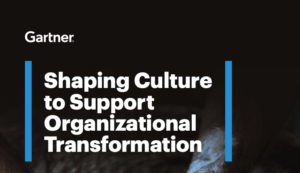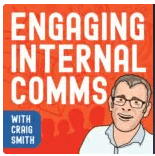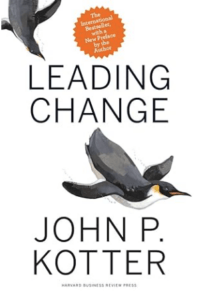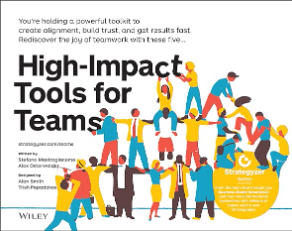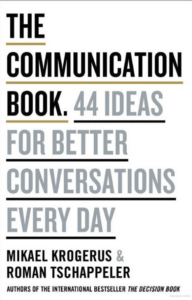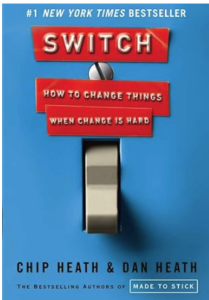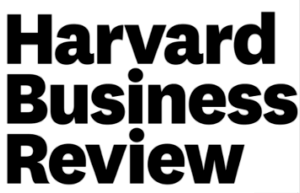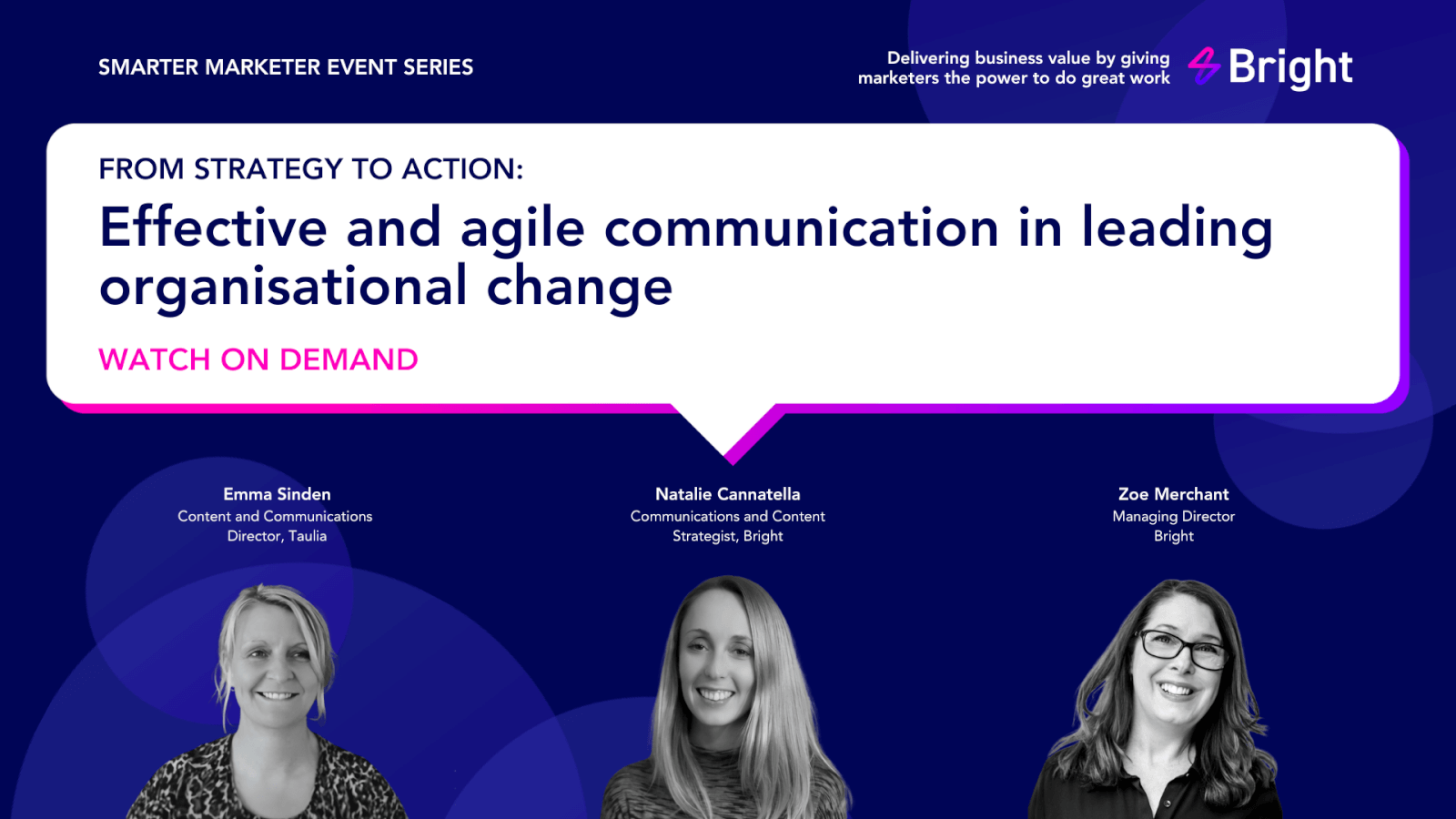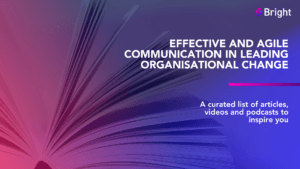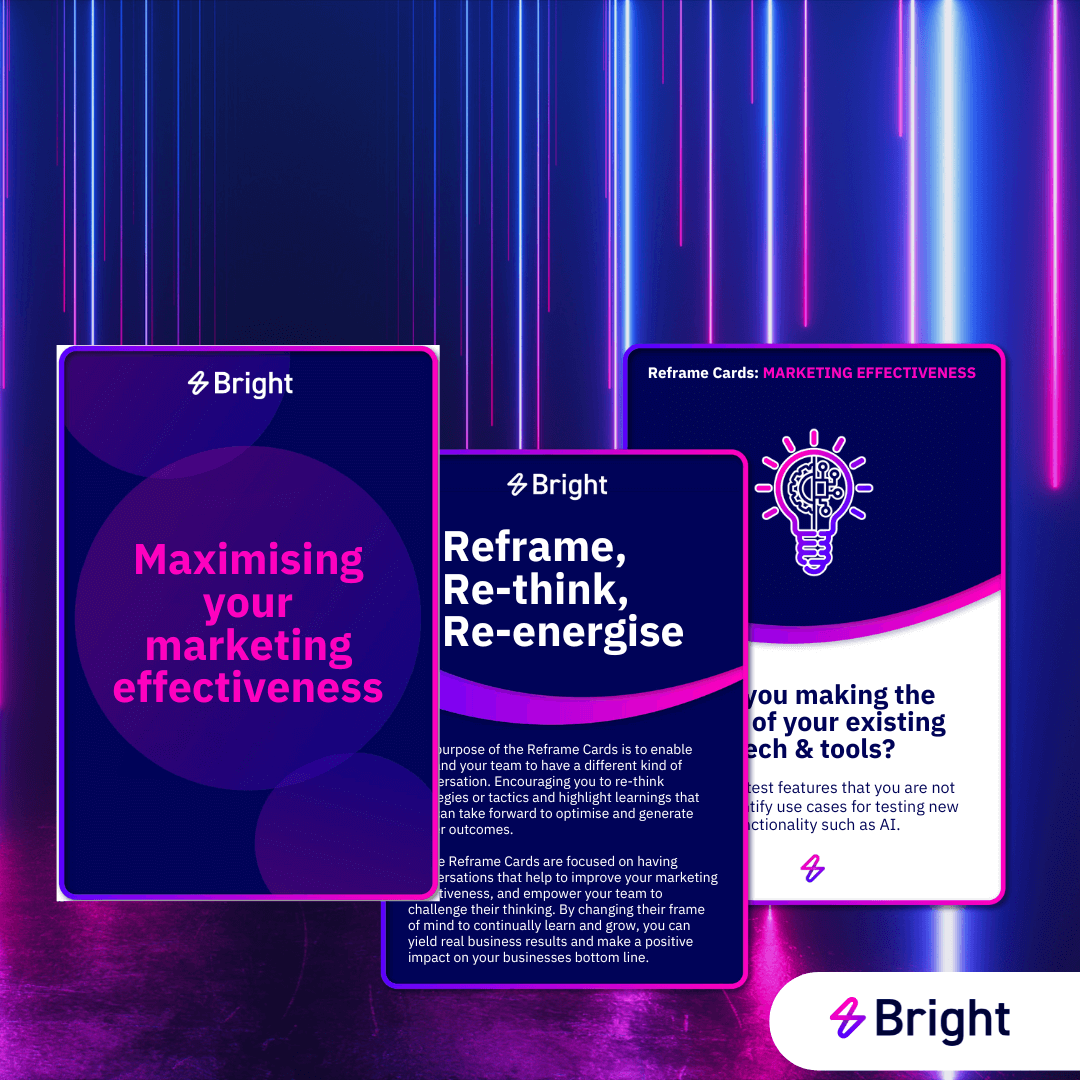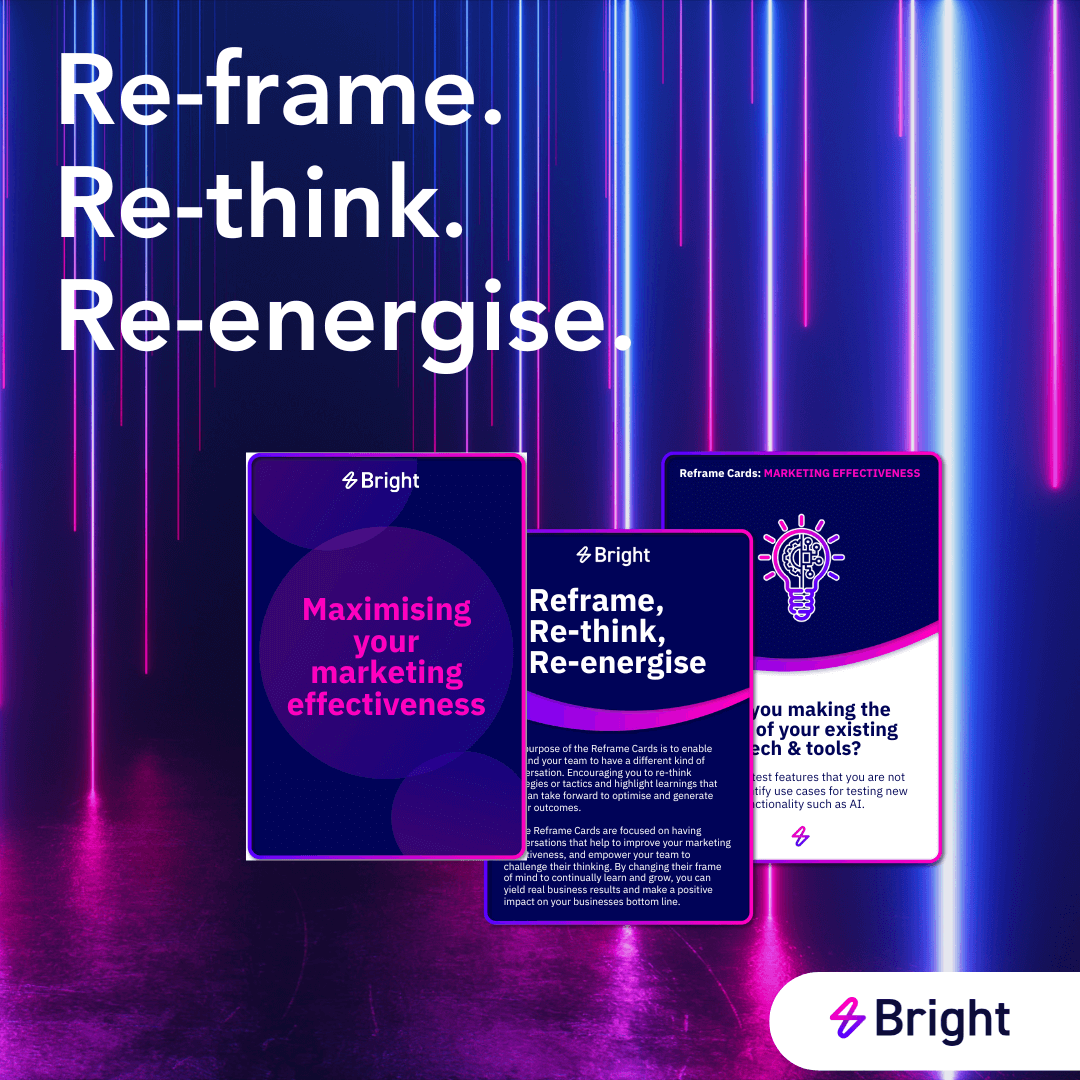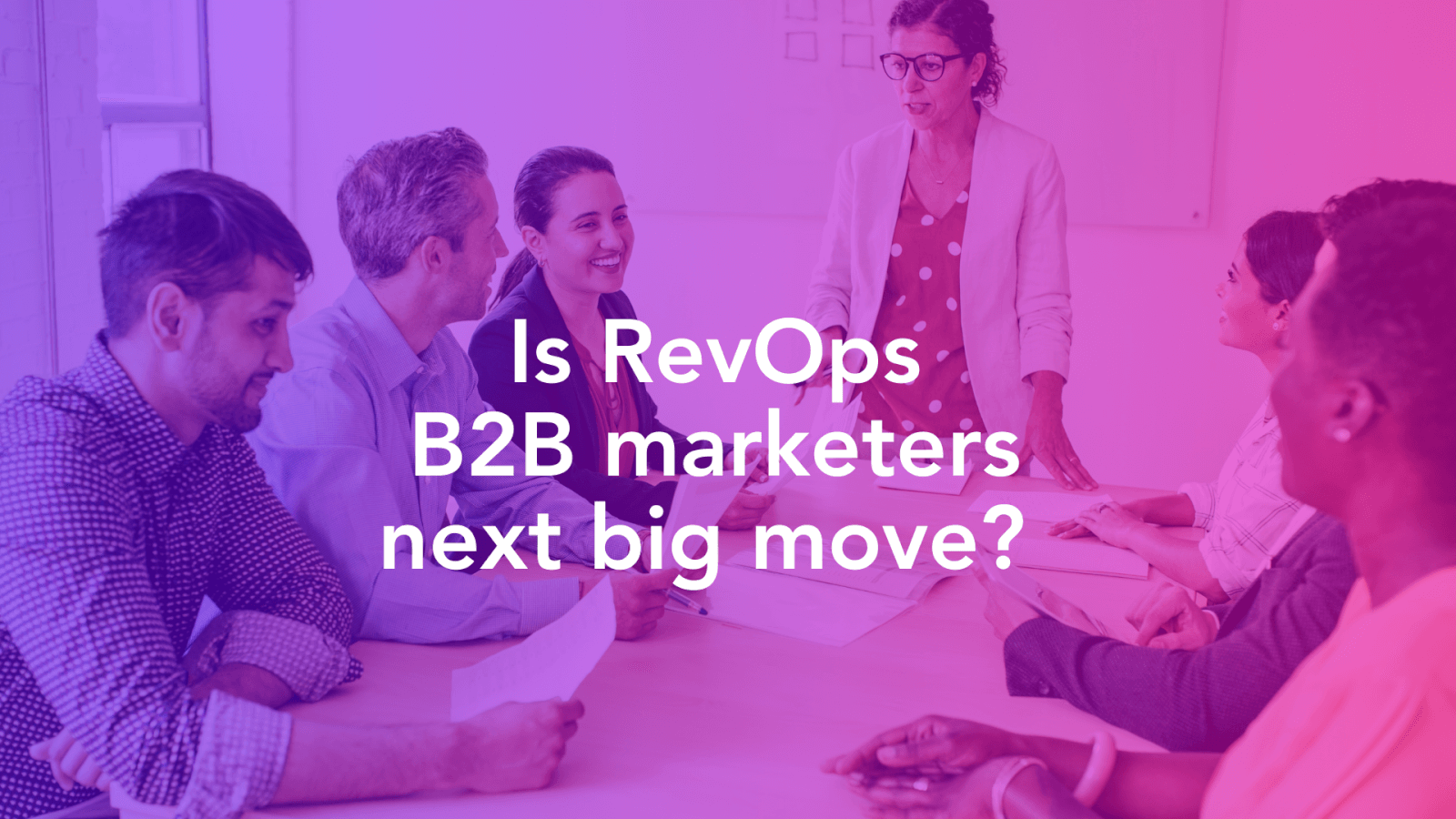In today’s dynamic business landscape, the ability to adapt and evolve is paramount. This agility extends far beyond product development and market strategy – it’s crucial for your internal communication too. As a communications expert, I see countless businesses struggle with the inertia of traditional communication plans. Let’s explore why agile communication is the secret weapon for driving successful change within your organisation.
The high cost of communication silos
Imagine this scenario: you unveil a ground-breaking new strategy, complete with detailed reports and presentations. Yet, weeks later, you find pockets of your workforce still operating under the old model. This disconnect, the result of a rigid communication approach, can be incredibly costly.
Studies show a direct correlation between poor communication and decreased productivity, employee disengagement, and even higher turnover. When employees are left in the dark about changes, they become anxious, disengaged, and ultimately, less effective.
Building a strategic communication plan for agility
So, how do we break the cycle? The answer lies in a strategic communication plan that prioritises agility. Here are some key elements:
- Clearly define Your “Why”: Before launching into “how” the change will work, establish a compelling narrative about the “why.” Why is this change necessary? How will it benefit the company and its employees? Frame the change as an exciting opportunity for growth and development.
- Tailored messaging: One-size-fits-all communication doesn’t cut it. Segment your audience and tailor messages to resonate with different teams or departments. Consider their concerns and information needs.
- Multiple channels: Don’t rely solely on email blasts or company town halls. Leverage a multi-channel approach that includes video messages, internal social platforms, and targeted Q&A sessions.
- Embrace transparency and honesty: Be upfront about challenges and potential roadblocks. This fosters trust and encourages open communication from employees.
Making your communication land and drive change
Agility isn’t just about the tools – it’s about the mindset. Here’s how to ensure your communication lands with employees and drives the change you need:
- Two-way street: Communication is a two-way street. Encourage feedback from employees through surveys, focus groups, and open forums. Actively listen to their concerns, address them and adapt where possible.
- Emphasise What’s In It For Them (WIIFM): People are naturally resistant to change if they don’t see the personal benefit. Highlight how the change will directly impact them – will it open new career paths, improve work-life balance, or streamline processes?
- Leadership visibility: Seeing senior leadership actively champion the change is crucial. Regular updates and “on the ground” engagement demonstrate commitment and inspire confidence.
Measuring & showing value in agile communication
Communication isn’t just about sending messages – it’s about driving results. Here’s how to measure the impact of your agile communication strategy:
- Track employee sentiment: Regular surveys and pulse checks can reveal employee attitudes towards the change and the effectiveness of your communication efforts.
- Monitor KPIs: Align communication goals with key performance indicators (KPIs). Are you seeing increased adoption of new processes? Are engagement metrics improving?
- Showcase success stories: Highlight examples of employees or teams who have embraced the change and achieved positive results. This motivates others and reinforces the value of the change.
Real-world example of communication driving change
Think communication is an afterthought? Think again. Here’s a real-world example of how effective communication has been a key driver of successful change:
Monzo, a UK-based digital bank known for its innovative app and focus on customer experience, faced a challenge in 2021. As they matured from a disruptive startup to a more established financial institution, they needed to adapt their internal culture to maintain their core values and agility.
How Monzo used agile communication to navigate their internal cultural shift:
- Focus on transparency and open dialogue: Monzo leadership, led by CEO TS Anil, emphasized open communication. This included regular town halls, “Ask Me Anything” sessions with senior leadership, and an active internal forum where employees could discuss concerns and provide feedback.
- Data-driven communication of goals: Monzo presented clear data on market trends, customer needs, and the evolving competitive landscape. This data-driven approach helped employees understand the rationale behind the cultural shift and its importance for the bank’s long-term success.
- Redefining the “Challenger Bank” spirit: Monzo recognized the importance of retaining the core values that propelled their initial success. They communicated a redefined vision of their “challenger bank” spirit, emphasizing innovation, customer-centricity, and a commitment to a positive work environment, even as they scaled their operations.
- Upskilling and reskilling programmes: Monzo invested in training programs to equip employees with the skills needed to thrive within the evolving culture. This demonstrated the company’s commitment to its workforce and addressed potential anxieties about the changing landscape.
- Pulse surveys and focus groups: Monzo conducted regular pulse surveys and focus groups to gauge employee sentiment and identify areas where communication could be improved. This allowed them to refine their messaging and ensure their communication strategy was effectively addressing employee concerns.
The results of Monzo’s agile communication approach were positive. Employee morale remained high despite the cultural shift, and the company successfully retained its core values while adapting to its new market position. This example demonstrates the importance of open dialogue, data-driven communication, and a focus on employee well-being during critical internal cultural changes within a B2B tech company.
From strategy to action
In conclusion, agile communication is not just a buzzword – it’s a strategic imperative for driving positive change within your organisation. By proactively crafting a well-considered internal communication strategy which embraces a multi-channel, transparent, and employee-centric approach, you can ensure your communication lands, inspires action, and propels your business towards successful and effective change.
Want to learn more?
Join us for our webinar on:
Effective and agile communication in leading organisational change webinar
on Tues 30th April at 12pm BST
The session will include a panel of communication experts, who’ll be exploring the role of agile internal communications in driving successful change within organisations.
In the session, designed for B2B leaders involved in change programmes, we’ll be covering…
- Linking effective change communication to business success
- The cost of communication failures
- Developing an agile strategic communication plan
- How to ensure communications land with employees and drive the change needed
- Measuring & demonstrating value
- Examples of where communication has or is driving change
This promises to be a really informative session with plenty of practical takeaways that will help you drive the change you need to achieve your business goals.



